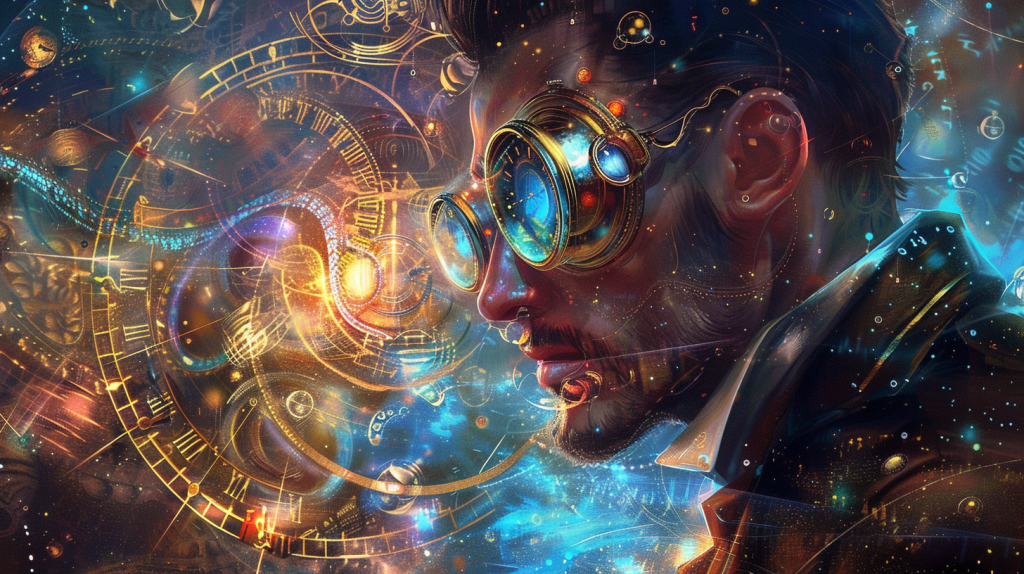Imagine a world where you could travel to any point in history or venture into the future at will. Time travel, a concept often explored in science fiction, captivates the imagination with its boundless implications. The idea of moving through time challenges our understanding of the universe and raises intriguing questions about our existence.
What if you could meet historical figures or see how life unfolds centuries from now? This article invites you to explore 18 mind-boggling facts about time travel. These facts will not only fuel your curiosity but also provide a clearer picture of how time travel could theoretically transform our perception of reality. Dive in and discover the fascinating possibilities that lie within the realm of time travel.
1. The Grandfather Paradox
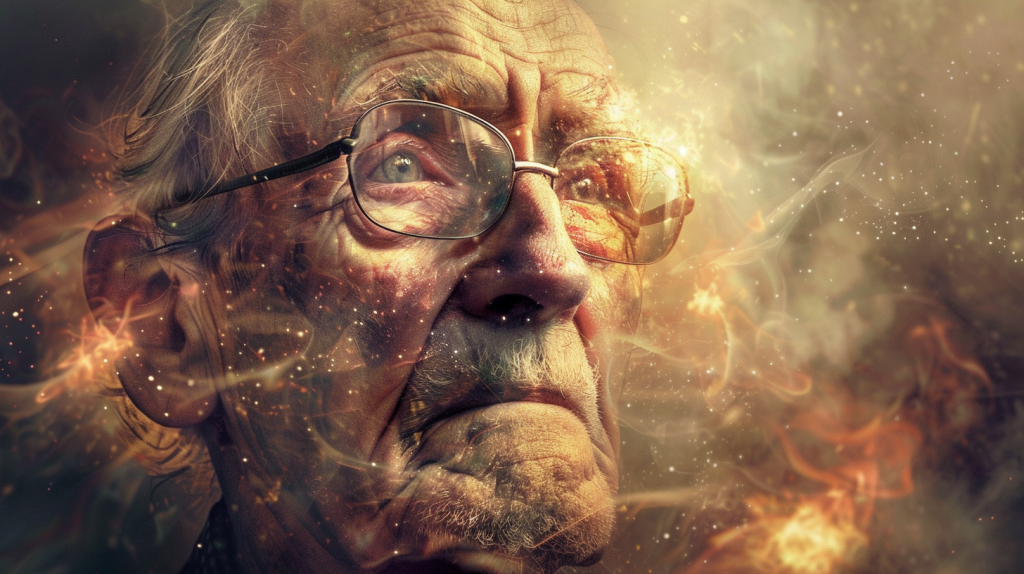
The grandfather paradox is a famous thought experiment in time travel.
Imagine you travel back in time and accidentally prevent your grandfather from meeting your grandmother. If your grandfather never meets your grandmother, one of your parents wouldn’t be born.
This means you wouldn’t exist either. And if you don’t exist, you couldn’t travel back in time to stop their meeting.
This creates a logical impossibility.
2. Time Dilation Theory
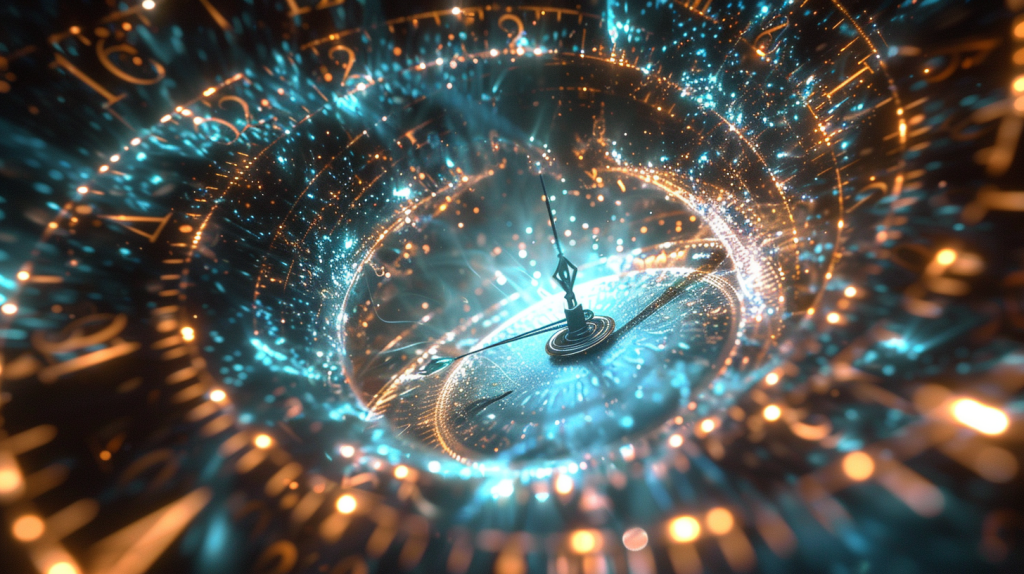
Time dilation is an incredibly fascinating aspect of time travel. According to Einstein’s Theory of Relativity, time can actually slow down or speed up, depending on how fast you’re moving compared to something else.
Imagine you’re in a spaceship traveling near the speed of light. To you, time would feel normal. But to someone watching from Earth, your clock would appear to tick much slower.
This effect was proven in 1971 by physicists Hafele and Keating. They flew atomic clocks around the world on airplanes and compared them to ones left on the ground. The clocks on the planes showed less elapsed time, confirming the theory.
3. Einstein’s Theory of Relativity
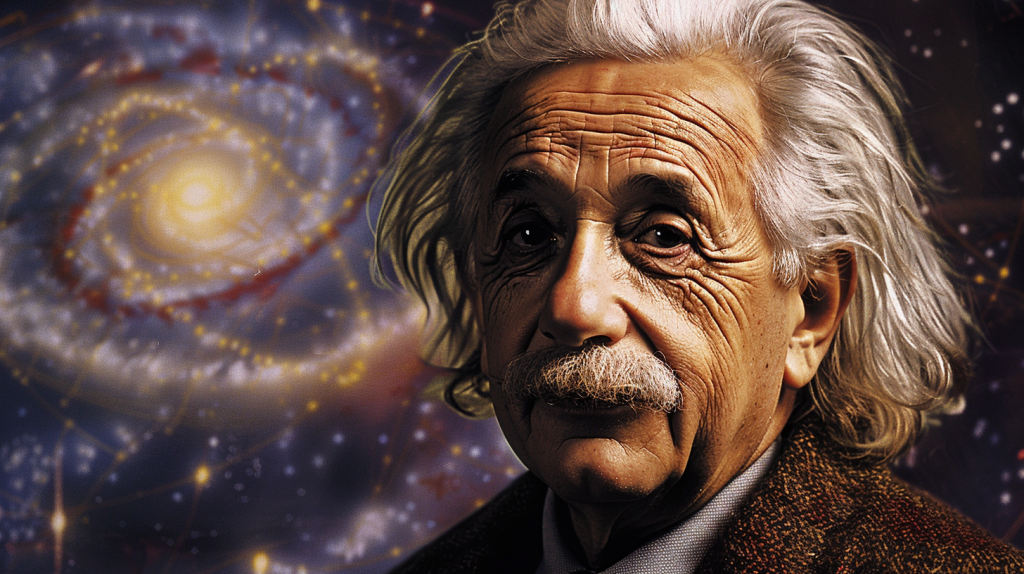
Einstein’s Theory of Relativity changed how we view space and time. It consists of two main parts: the General Theory of Relativity and the Special Theory of Relativity.
The Special Theory introduced the idea that the speed of light is constant for all observers, regardless of their motion. This means that time can slow down or speed up depending on how fast you are moving relative to something else.
The General Theory of Relativity expanded on this by showing that massive objects like planets and stars can warp the fabric of space and time. This warping creates what we feel as gravity.
Both theories have been tested and confirmed through various experiments and observations, making them fundamental to modern physics.
4. The Concept of Wormholes
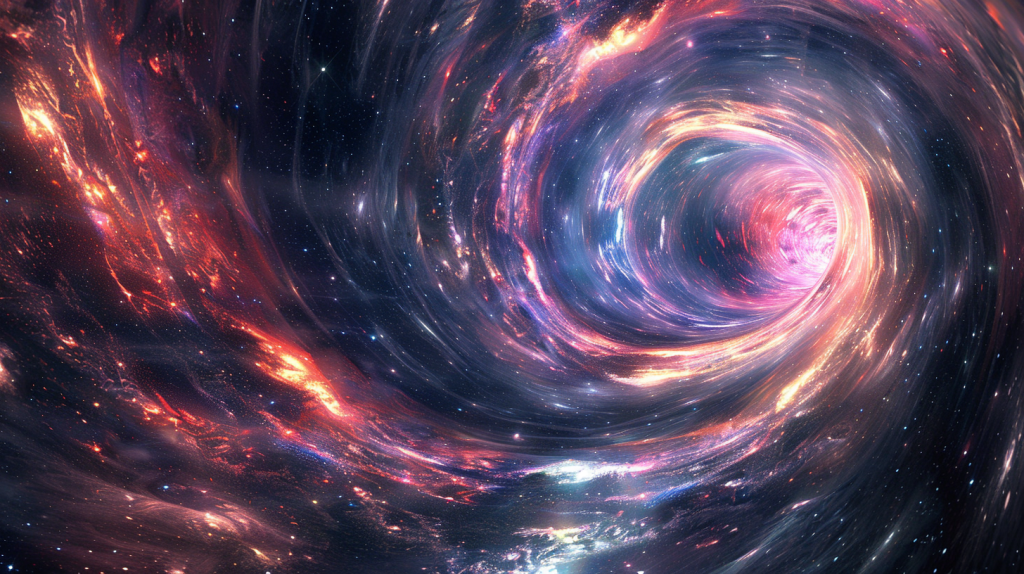
Wormholes are theoretical passages through space-time. Imagine them as tunnels that connect two distant points in the universe.
These hypothetical structures could allow you to travel faster than light by taking a shortcut between two locations. If wormholes exist, they’d provide a quicker route, bypassing the space between entirely.
Scientists also speculate that wormholes might enable time travel. By manipulating one end, you could create scenarios where you travel to the past or future.
5. Stephen Hawking’s Views on Time Travel
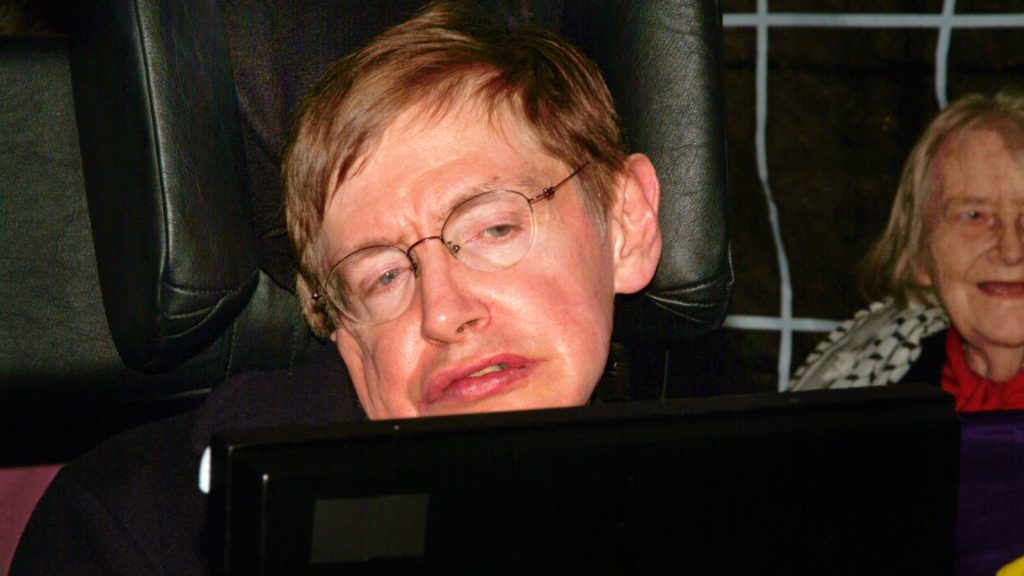
Stephen Hawking, one of the most brilliant physicists in history, had a lot to say about time travel. He believed that traveling into the future might be possible. This could happen by using intense gravity or moving at near-light speeds.
He even conducted a unique experiment. He threw a party for time travelers with invitations sent after the event. No-one came, suggesting time travel to the past isn’t possible.
6. The Novikov Self-Consistency Principle
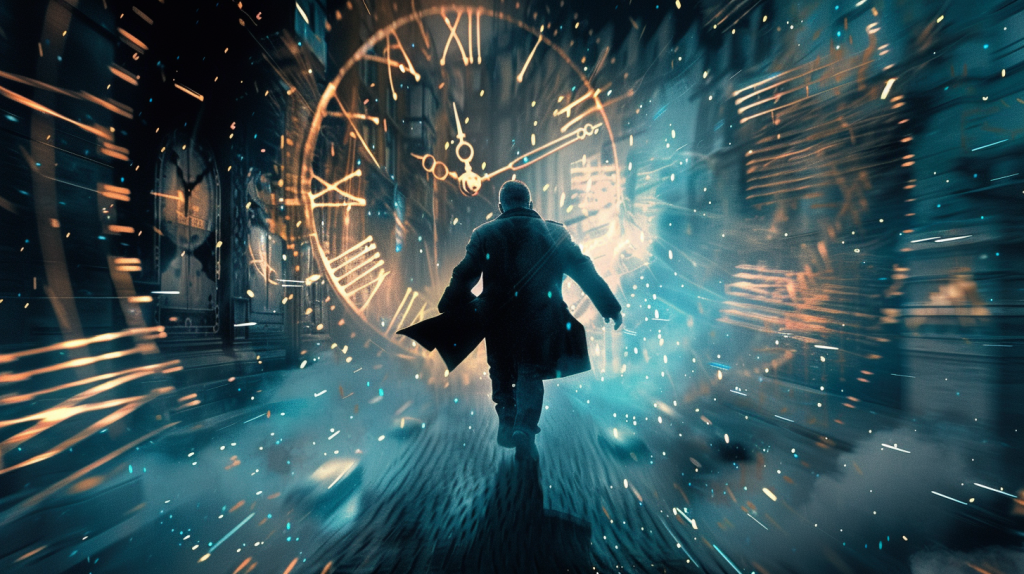
The Novikov self-consistency principle was developed by Russian physicist Igor Dmitriyevich Novikov in the mid-1980s. This principle addresses time travel paradoxes. It suggests that if time travel is possible, any actions you take in the past would already be part of history. Therefore, you cannot change past events in a way that causes inconsistencies.
This means that your actions in the past are already accounted for, preventing any paradoxes. For example, if you traveled back in time to prevent an event, your actions would somehow ensure that event still happens. The timeline remains consistent.
This principle is crucial in theories of time travel within general relativity. It aligns with the idea that the universe has a way of maintaining consistency, no matter what you do in the past. It provides a way to think about time travel without creating contradictions.
7. Quantum Entanglement

Quantum entanglement is a strange and fascinating phenomenon in physics. It occurs when two particles are connected so deeply that the state of one instantly influences the state of the other, no matter the distance between them.
This connection is so strong that measuring the state of one particle immediately determines the state of its partner. This strange behavior defies classical physics, baffling scientists and captivating the public imagination.
8. The ‘Many-Worlds’ Interpretation
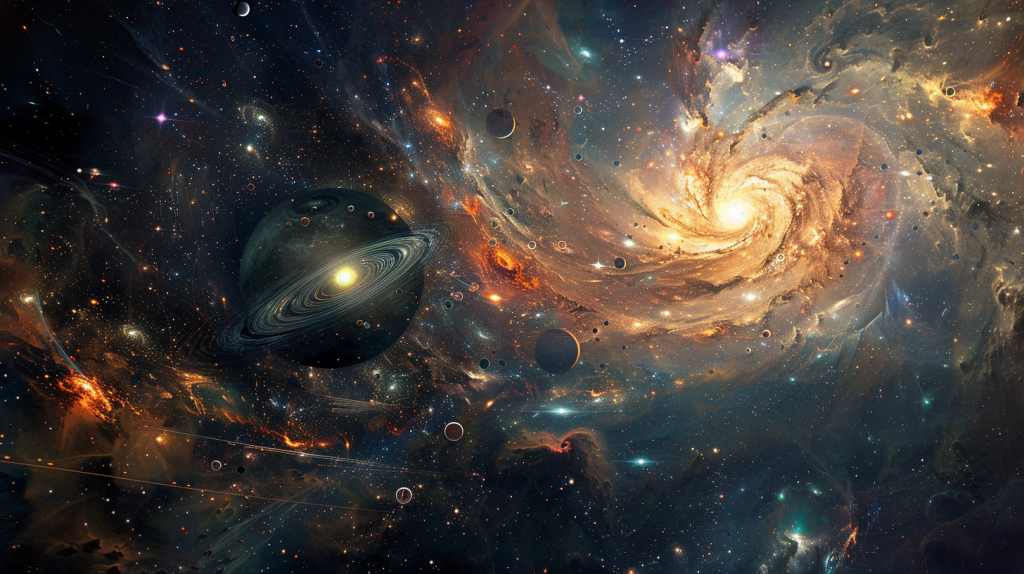
The ‘many-worlds’ interpretation suggests that each time a quantum event occurs, parallel universes are created. Every possible outcome happens, with a separate universe for each result.
This theory was proposed by physicist Hugh Everett in 1957. Imagine making a choice and instantly creating a new reality for every option. According to this idea, time travel might allow you to visit these alternate universes. Each universe operates with its own set of circumstances.
9. The Twin Paradox

The twin paradox is a fascinating thought experiment in physics. Imagine two identical twins, one named Biff and the other named Cliff. Biff boards a spaceship and travels at nearly the speed of light.
When Biff returns to Earth, he finds that Cliff, who stayed behind, has aged much more than he has. This happens because of a phenomenon called time dilation, predicted by Albert Einstein’s theory of special relativity.
In simple terms, time passes slower for Biff, who is traveling at high speeds, compared to Cliff, who remains on Earth. This result may seem strange, but numerous experiments have confirmed the effects of time dilation.
10. The Butterfly Effect

The butterfly effect shows how small actions can lead to big changes. If a butterfly flaps its wings, it might set off a chain of events that leads to a storm miles away.
When you think about time travel, even a tiny change in the past can affect the future in unexpected ways.
This idea reveals the deep connections between all events, no matter how small they may seem.
11. Time Loops in Science Fiction

Time loops are a popular concept in science fiction stories. They occur when characters relive the same events repeatedly, often trying to change the outcome.
Movies like “Groundhog Day” and “Edge of Tomorrow” have popularized the idea of time loops. In these films, the main characters find themselves restarting the same day until they can solve a problem or achieve a goal.
Books like “Replay” by Ken Grimwood also explore time loops. Characters often gain new insights and develop as they try multiple approaches to the same situation.
12. The Role of Black Holes

Black holes are fascinating objects in the quest for understanding time travel. They have an immense gravitational pull due to their dense mass. This gravity can warp the fabric of space-time, bending and twisting it in unexpected ways.
One concept related to black holes and time travel is the idea of a wormhole. Wormholes are theoretical passages through space-time that could connect distant points in the universe. If they exist, traveling through a wormhole might allow for shortcuts across vast distances and potentially time.
13. H.G. Wells’ ‘The Time Machine’
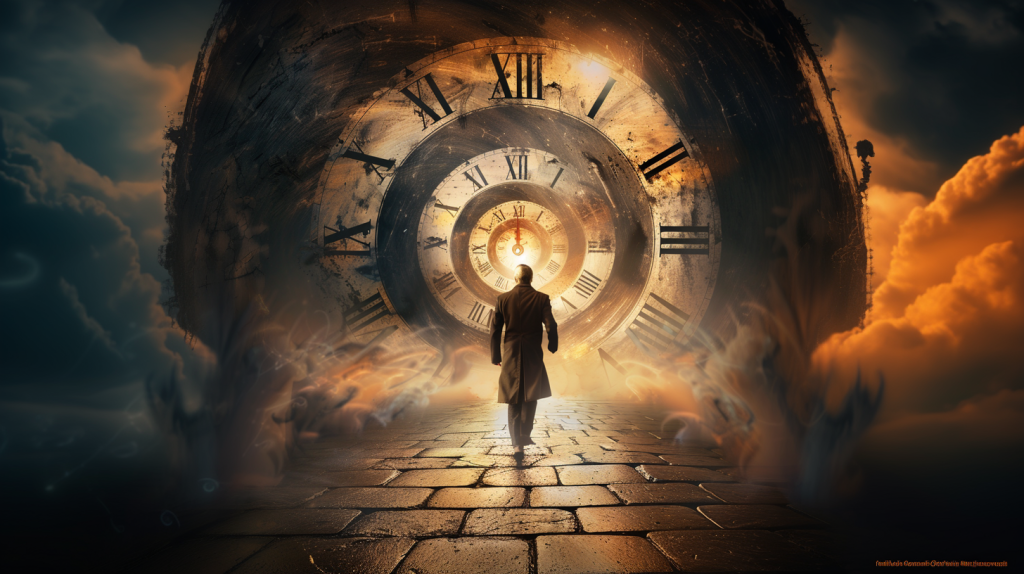
H.G. Wells’ The Time Machine is a groundbreaking science fiction novella published in 1895. It introduced the concept of a device that allows people to travel through time.
In the story, a Victorian scientist invents a time machine and journeys into the distant future. He encounters two very different species that evolved from humans: the peaceful Eloi and the predatory Morlocks.
14. Tachyons and Theoretical Faster-Than-Light Travel

Imagine particles that could race faster than light. These theoretical particles are called tachyons. Einstein’s theory of special relativity suggests nothing with mass can move this fast.
If tachyons exist, they bring intriguing ideas. They might travel back in time. This shakes our understanding of physics. Although purely theoretical, tachyons fascinate scientists.
Tachyons remain a mystery. Their existence could change much about what we know about the universe.
15. Time Travel Experiments of John Titor

John Titor claimed to be a time traveler from the year 2036. In 2000 and 2001, he posted about his experiences and missions on early internet forums. He said he needed to retrieve an IBM 5100 computer from 1975 to fix a problem in his time.
Titor described his “time machine” in detail. He said it was a stationary mass, temporal displacement unit made by General Electric. Many were fascinated by his technical descriptions.
Among his claims, Titor mentioned a hidden function in the IBM 5100. This detail was later confirmed by an IBM engineer, adding some credibility to his story. However, his predictions about events like a US civil war and Y2K disaster did not come true.
16. Theories from Kip Thorne
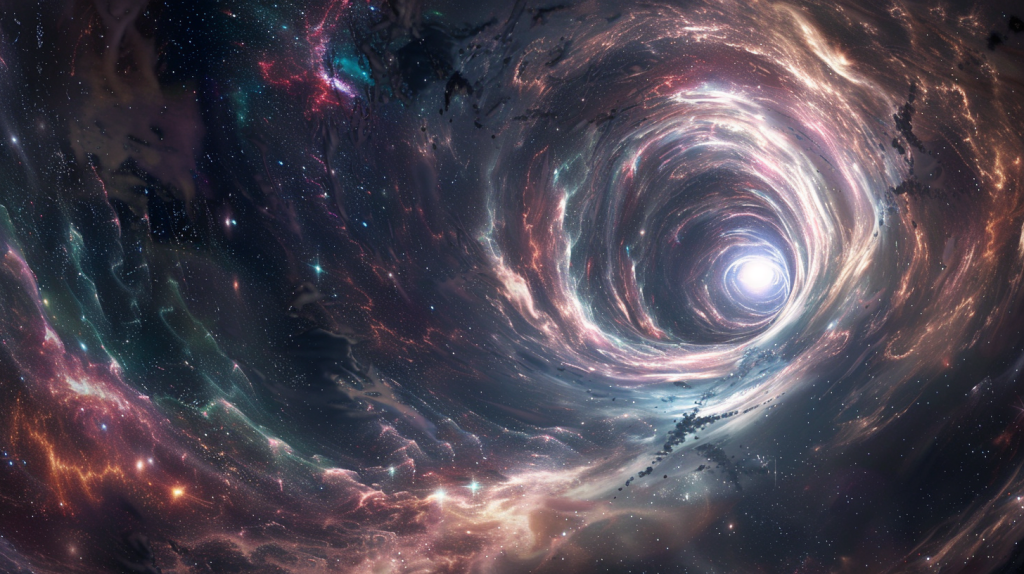
Kip Thorne is a well-known physicist who has explored fascinating theories about time travel and wormholes.
One idea he popularized involves the use of wormholes, which are theoretical passages through space-time that could create shortcuts for long journeys across the universe. You might imagine them as tunnels connecting distant points in space and time.
Thorne also worked on the science behind the movie “Interstellar,” ensuring that its depiction of black holes and time dilation was grounded in real physics. His theories challenge our understanding of time and space, pushing the boundaries of what we know.
17. “We’re All Time Travelers Moving at the Speed of Exactly 60 Minutes per Hour” – Spider Robinson

You are a time traveler. Right now, you are moving through time at a constant speed of 60 minutes per hour. It’s a simple fact, but it’s still fascinating to think about.
This phrase highlights the steady and unchanging nature of time’s passage for everyone on Earth. Time travel doesn’t just belong to science fiction; it’s a part of your everyday life.
18. Temporal Paradoxes

Temporal paradoxes are puzzles that arise when dealing with time travel.
One famous example is the Grandfather Paradox. If you travel back in time and prevent your grandfather from meeting your grandmother, you would never be born. How, then, could you travel back to cause the event?
Another is the Predestination Paradox. Here, your actions in the past become part of history. These actions may cause the event you tried to prevent.
The Bootstrap Paradox involves objects or information that appear without a clear origin. For example, a time traveler takes a book back in time and gives it to someone. That person then publishes it, and it later becomes the same book the traveler took back.
Katy Willis is a writer, master herbalist, master gardener, and certified canine nutritionist who has been writing since 2002. She’s finds joy in learning new and interesting things, and finds history, science, and nature endlessly fascinating.
